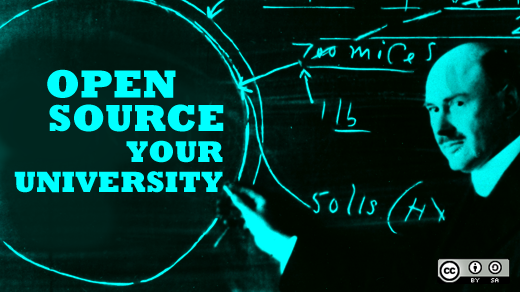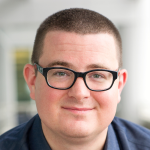Good university students finish projects by their assigned deadlines. The best ones submit their finished work in advance.
Earlier this month, edX–the non-profit education partnership that offers free, online university classes to anyone with a computer and Internet connection—set an example for even its most ambitious students, completing its effort to open source the code for its learning platform months earlier than expected. The organization planned to release its code some time between the end of the year and the first quarter of 2014. As of June 1, however, the edX code base is online, ready for download, modification, and enhancement.
edX launched just last year as a collaboration between MIT and Harvard. This past April, Stanford announced an alliance with the project. And today, nearly 30 colleges and universities have joined the edX initiative.
We spoke with Rob Rubin, Vice President of Engineering and Educational Services for edX, about edX's decision to open source its code.

What are the benefits of open sourcing an education platform like edX?
Being open source is how we can truly innovate. As computer scientist Bill Joy once said: no matter where you are, most of the smartest people work somewhere else. Open source allows us to work with those smart people, wherever they are.
Has it always been edX's goal to open source its platform this way?
It was always the goal to open source the platform. We originally planned to go open source towards the end of 2013, but our partners encouraged us to open source sooner.
Why is it important for educational materials to be open?
edX's mission from the beginning has been to deliver the world's best education via the world's best educational platform. To realize this vision, we will need to draw upon the world itself. We have expanded the xConsortium of our member institutions to bring the world's best teachers and their courses into edX. We recognize that doing the same thing for our platform–bringing in the efforts of the world's best developers—will likewise enable us to continue to lead the market in terms of innovation and educational excellence.
- "EdX's mission from the beginning has been to deliver the world's best education via the world's best educational platform. To realize this vision, we will need to draw upon the world itself."
You're managing contributions from multiple parties. Has this been challenging? How are you doing this, and what's the key to doing it successfully?
The key to open source communities is enabling contributions without requiring close collaboration. Modularity and loose coupling is the key to this. I think we still have a way to go to get to where we need to be, but our XBlock component architecture, which we open-sourced a preview of back in March, is going to be very important for this.
What critical contributions have you received so far?
It's very early days but we've already received a lot of help from Stanford and others in making our platform easier to customize and standup in production. Stanford has also contributed features like real-time chat and bulk-email. UC Berkeley grad student Arjun Singh led a team that built our discussion forum component and Professor Armando Fox, also at Berkeley, contributed an automated grader for his Software-as-a-Service course. The University of Queensland contributed support for the Learning Tools Interoperability (LTI) standard. All this builds on the earlier contributions from MIT including circuit simulators and Python code graders.
What are edX's most pressing development needs right now? What would you encourage potential contributors to help with?
One of the areas that we need help with is internationalization, localization, and translation. We already have students from all around the world, but we want our platform to cater to many of the world's languages as well. That's obviously something we can't do on our own. We're also looking for people to help come up with new kinds of graders and interactive components to really extend the range of subjects that can be taught with the platform.







3 Comments